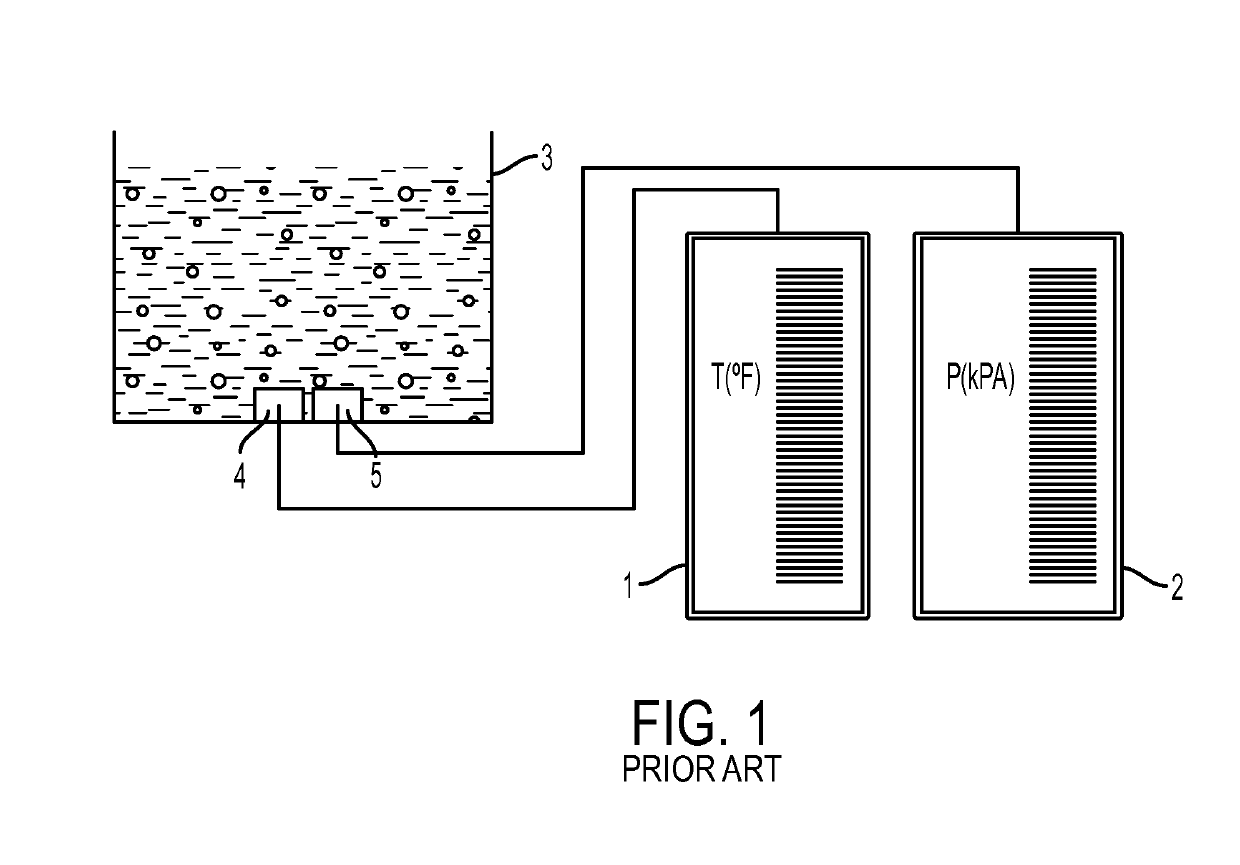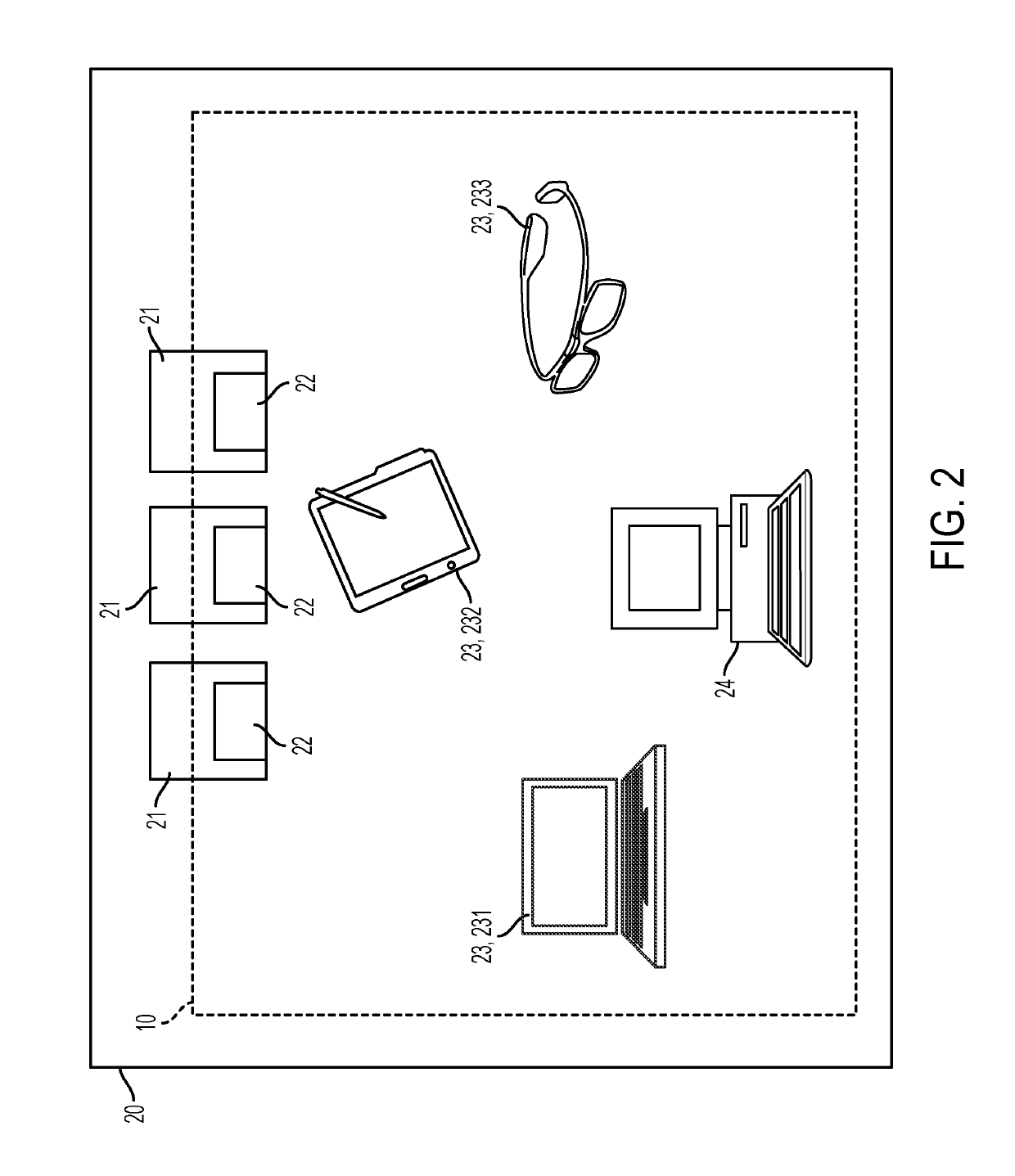Model-based human machine interface (HMI)
- Summary
- Abstract
- Description
- Claims
- Application Information
AI Technical Summary
Benefits of technology
Problems solved by technology
Method used
Image
Examples
Embodiment Construction
[0021]For systems to be effective, they need to provide accurate and relevant information to human operators. Rather than relying on ad-hoc representations of components of a system under control, models provide a reusable, increasingly accurate and complete representation of the components and the system under control as a whole. Differences between models allow humans to understand the various states of the system under control from different viewpoints, such as mechanical, electrical, control, software, acoustic, thermal, etc. Thus, as will be described below, the following description relates to the provision in a system under control of different models. These models are synchronized through a semantic layer that so as to express various types of information about the system under control in various manners.
[0022]With reference to FIGS. 2 and 3, a model-based human machine interface (HMI) system 10 is provided and may be deployable in a system-under-control (SUC) 20. The SUC 20...
PUM
 Login to View More
Login to View More Abstract
Description
Claims
Application Information
 Login to View More
Login to View More - R&D Engineer
- R&D Manager
- IP Professional
- Industry Leading Data Capabilities
- Powerful AI technology
- Patent DNA Extraction
Browse by: Latest US Patents, China's latest patents, Technical Efficacy Thesaurus, Application Domain, Technology Topic, Popular Technical Reports.
© 2024 PatSnap. All rights reserved.Legal|Privacy policy|Modern Slavery Act Transparency Statement|Sitemap|About US| Contact US: help@patsnap.com










